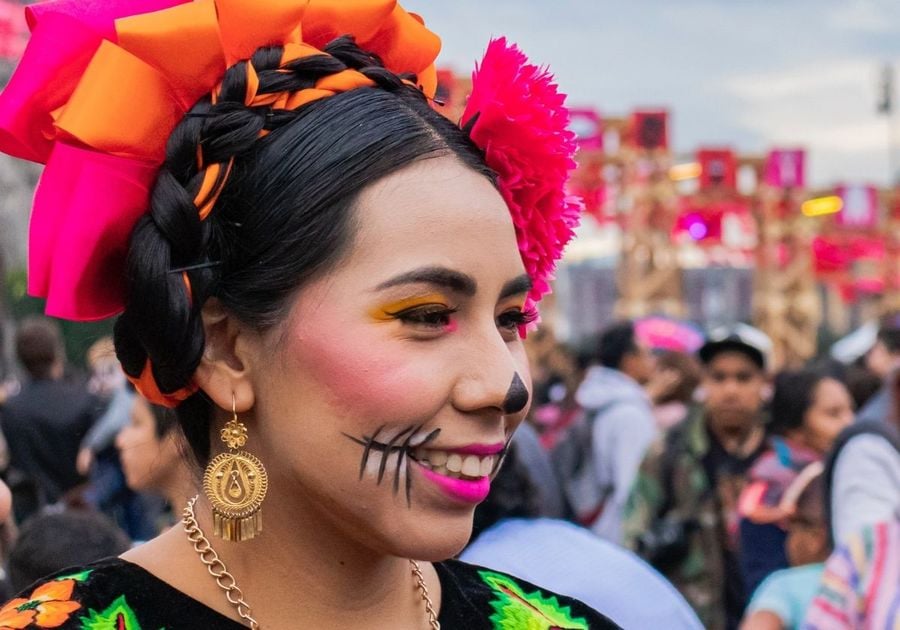Día de los Muertos, or Day of the Dead, is a holiday celebrated in Mexico and by those of Mexican heritage throughout the world.
While this holiday is typically held around the same time as Halloween, it is its own separate holiday with its own traditions and intentions. While Halloween is a spooky type of holiday, Día de los Muertos is a celebration of life. Many of us know about Day of the Dead from the animated movie "Coco," the 2017 film about a 12-year-old boy named Miguel who is accidentally transported to the Land of the Dead.
Want to know more about the Day of the Dead? Here are 5 traditions of Día de los Muertos:
1. Día de los Muertos is always celebrated Nov. 1 & 2
Día de los Muertos originates back to pre-Hispanic times with the indigenous peoples the Aztec, Maya, Toltec, and other Nahua people. These pre-Hispanic cultures considered mourning the dead to be disrespectful. They saw the dead as still being members of the family, who came alive through memory and spirit.
Once the Spanish arrived in Mexico, this holiday got intertwined with All Saints' Day (celebrated Nov. 1) and All Souls' Day (celebrated Nov. 2). Today Día de los Muertos is typically celebrated on Nov. 1 and 2. Nov. 1 is a day to remember children who have passed, and Nov. 2 is set aside to remember adults who have passed.
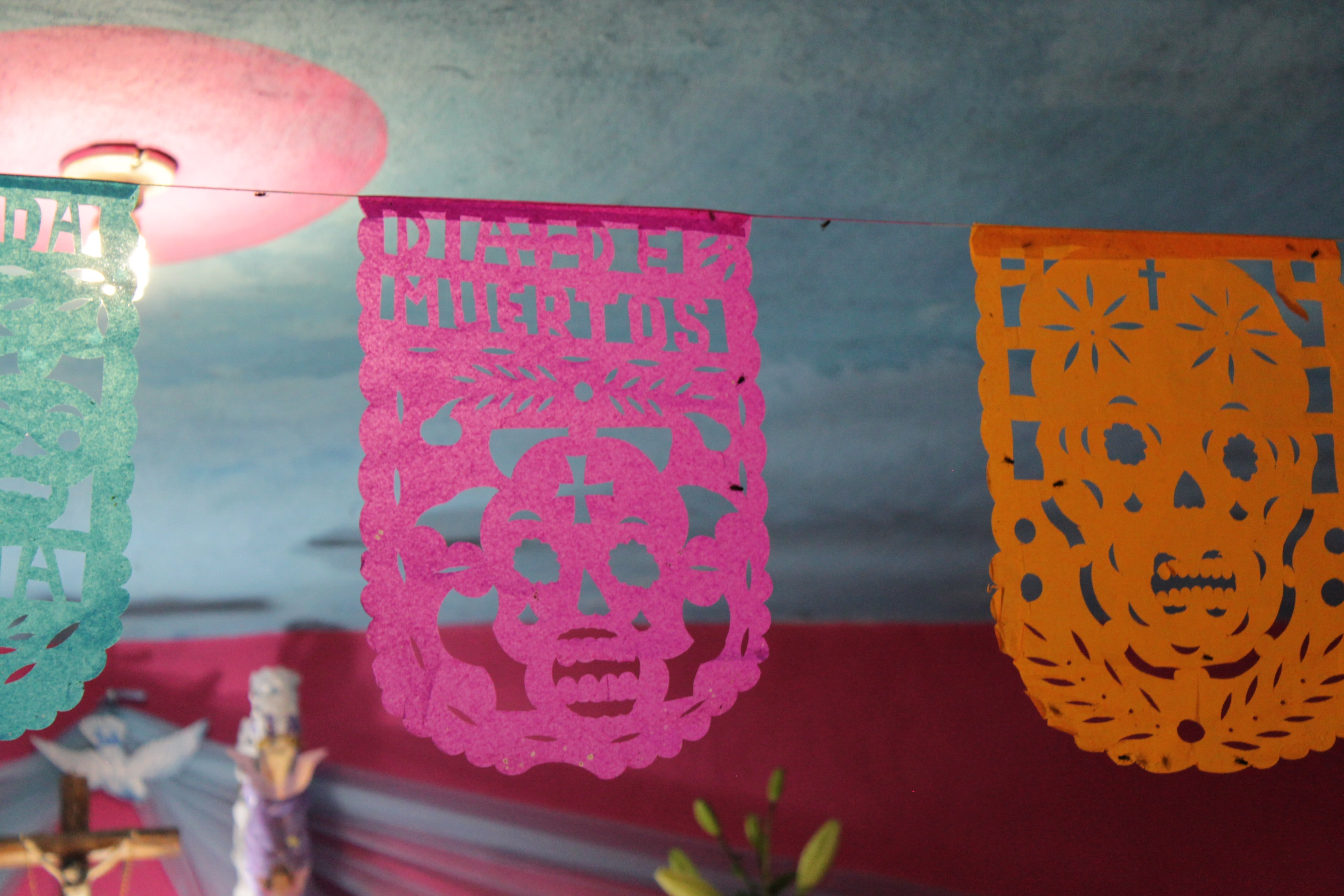 |
2. Día de los Muertos celebrates life
Día de los Muertos is often misunderstood because it happens around the same time as Halloween and uses symbols such as skulls. But Día de los Muertos is a celebration of life — of the memories and bonds that tie us together that most certainly survive one’s death into the beyond. It is believed that for a brief 24 hours during Dia de los Muertos, loved ones who have died can be reunited with the living for a big celebration of life.
This celebration is an energetic, colorful event designed to demonstrate love and respect for family members who have died. It's believed those who have died get to join in on the Día de los Muertos celebrations. Costumes, parades, and dancing are often a large part of the celebration.
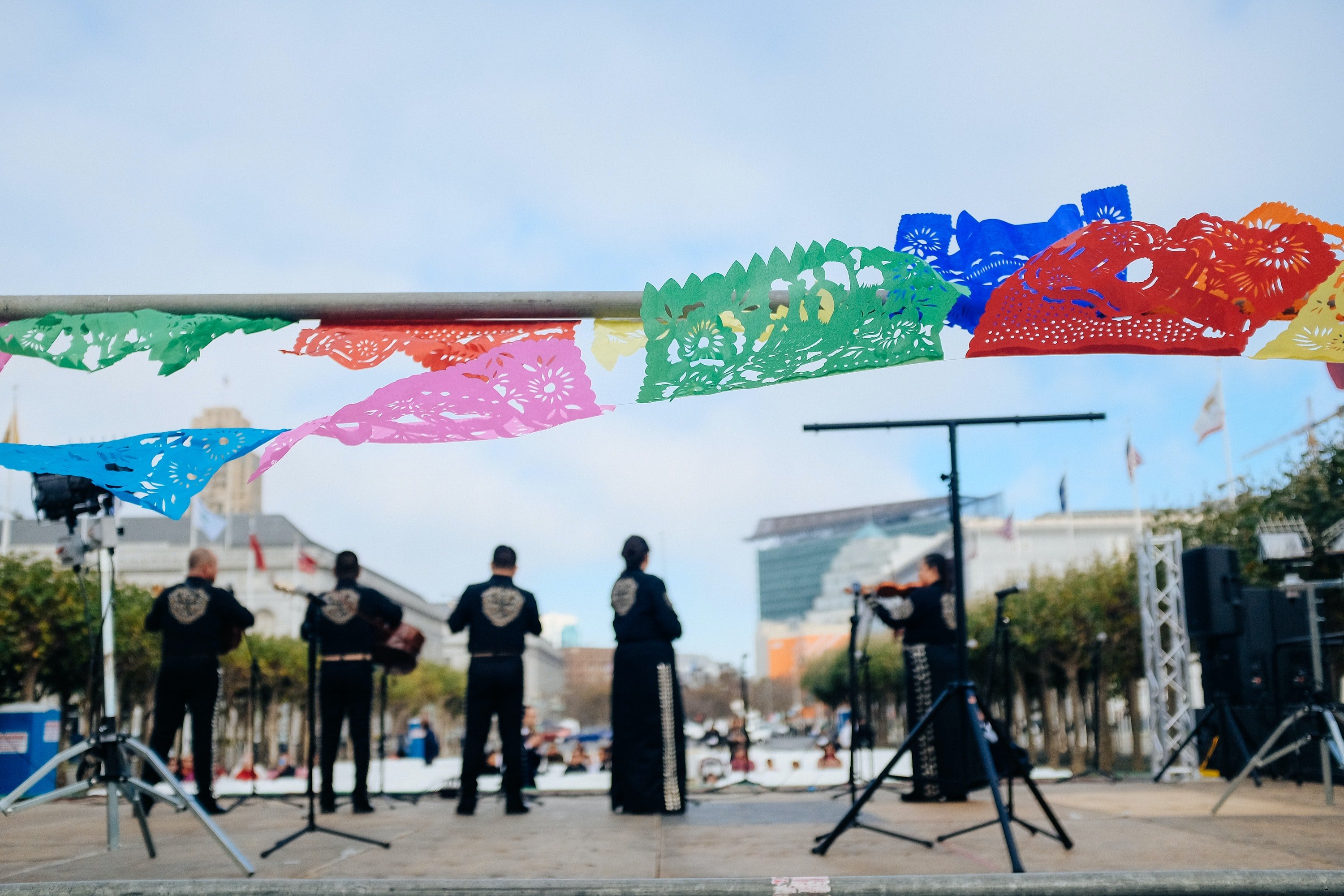 |
3. Creating an ofrenda to welcome the dead back
People make an ofrenda, or altar, at cemeteries and their private homes as an homage to the dead. The ofrenda is different from altars meant for praying. Instead, the ofrenda is meant to welcome the dead back to the land of the living. These altars may include the deceased loved one's photos, as well as their favorite incense, candles, foods, and other items from when they were alive. These items together are meant to help attract the souls to visit the living in celebration. Ofrendas are often decorated with marigolds or the flor de muerto, which translates to "flower of the dead." Marigolds are often scattered from the ofrenda to the gravesite as a way to guide the dead back to their place of rest.
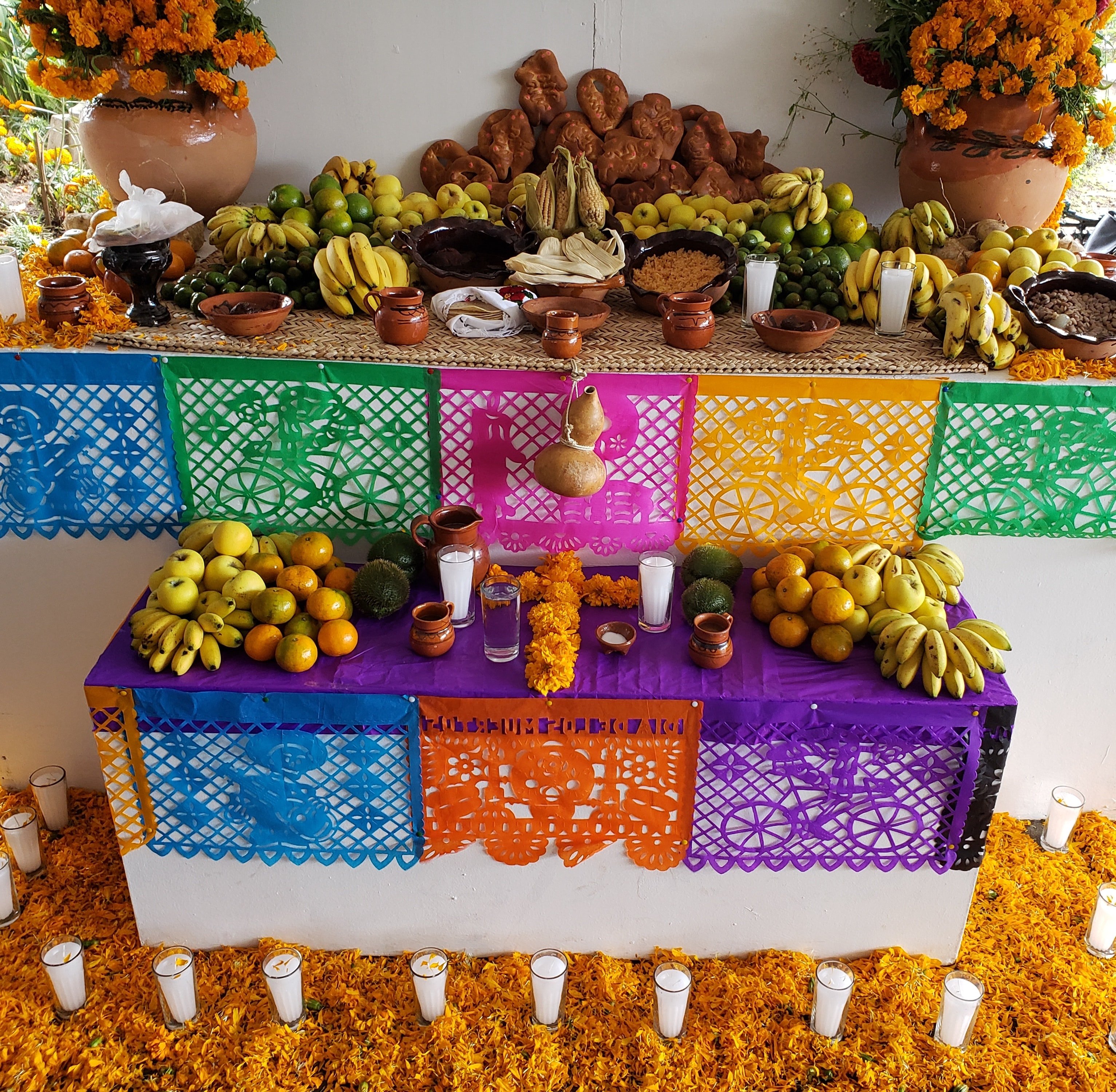 |
4. Emergence of Calavera Catrina
In the 19th century, artist José Guadalupe Posada re-imagined what he believed Mictecacíhuatl, the Aztec goddess of the underworld, looked like as a female skeleton. His rendering is now known as the Calavera Catrina.
“Todos somos calaveras,” meaning “we are all skeletons” is a quote often attributed to Posada. It means "we are all the same on the inside."
Today, people wear masks and face makeup in a colorful fashion to mimic the Calavera Catrina.
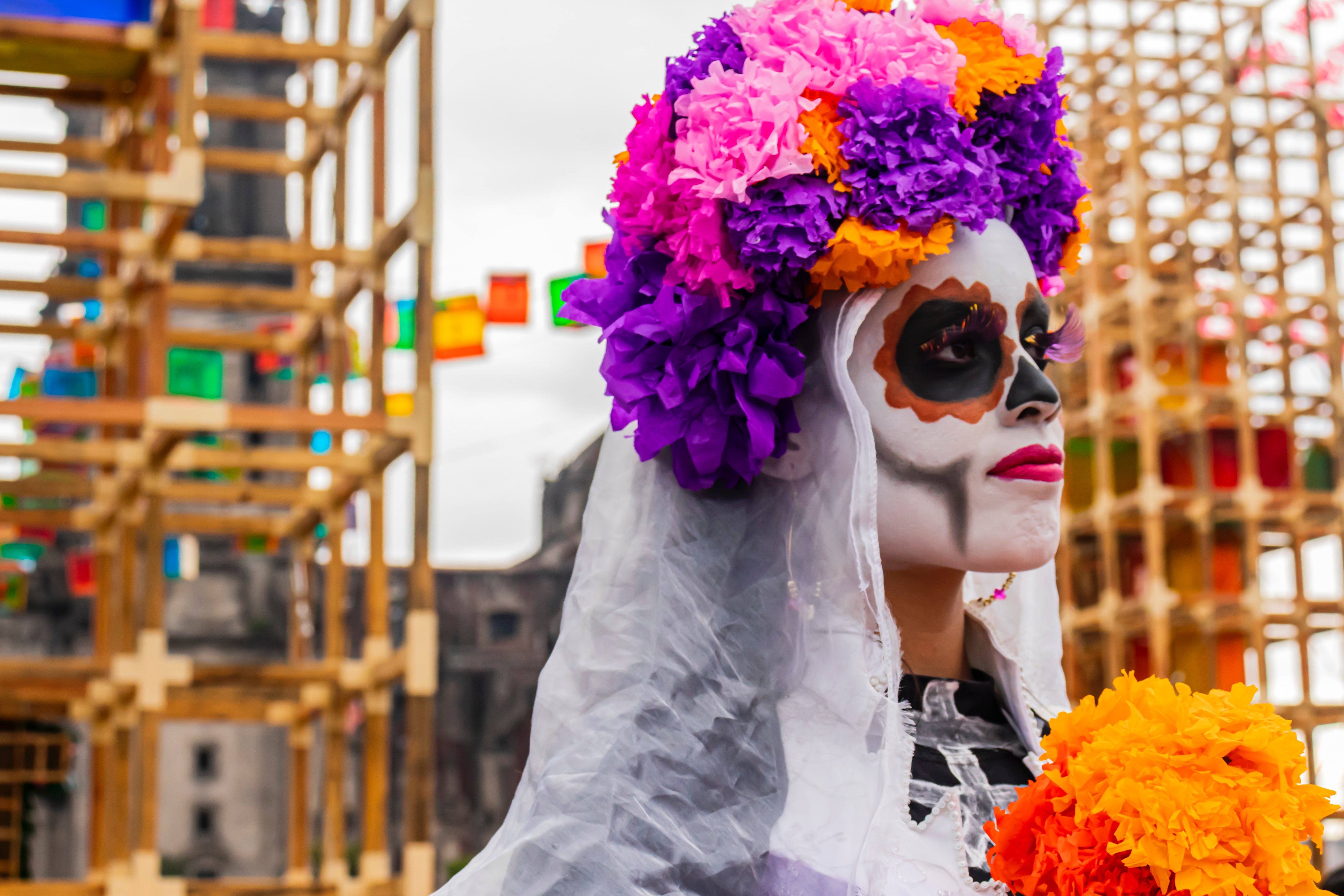 |
5. Sugar Skulls and other traditional foods
Those returning from the land of the dead are believed to work up quite an appetite along their journey, so families often leave out the dead’s favorite foods as well as some other more common traditional dishes.
Pan de muerto — bread of the dead — is a sweet bread with a little bit of anise. There are many different variations across Mexico, including one in Oaxaca City where they add a face, or caritas, in the center.
Sugar candy is molded into the shape of skulls in celebration of Día de los Muertos. These started in the 17th century with Italian missionaries. This sugar art is often colorful and can vary in size as well as complexity.
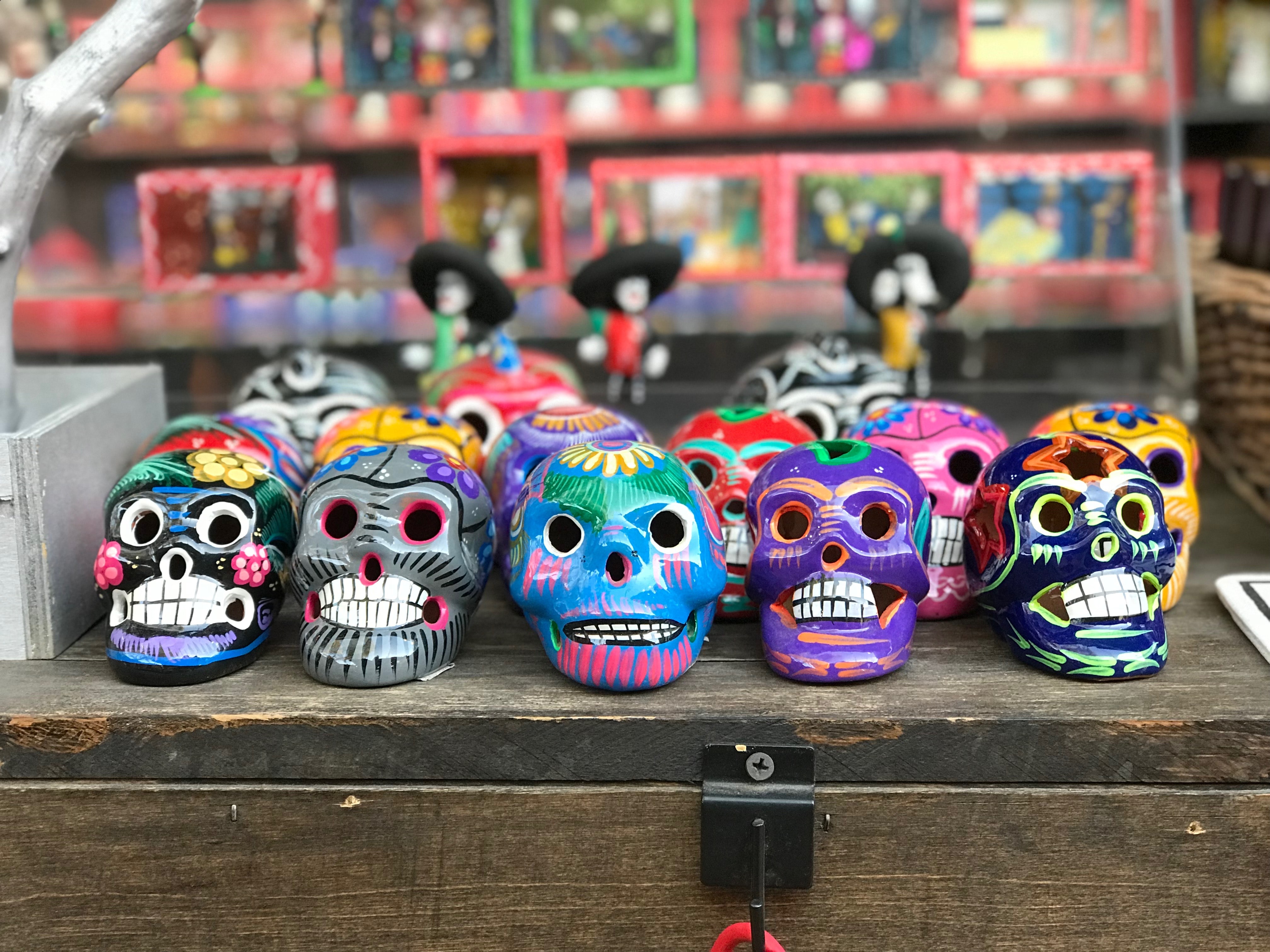 |
To learn more with your family, please check out these resources:
- 10 Books about the Day of the Dead for kids
- Day of the Dead Movies for kids
- 25 Day of the Dead Crafts for kids
Helen Partlow is the publisher of Macaroni Kid Mt. Sinai and Macaroni Kid Port Jefferson, N.Y.

